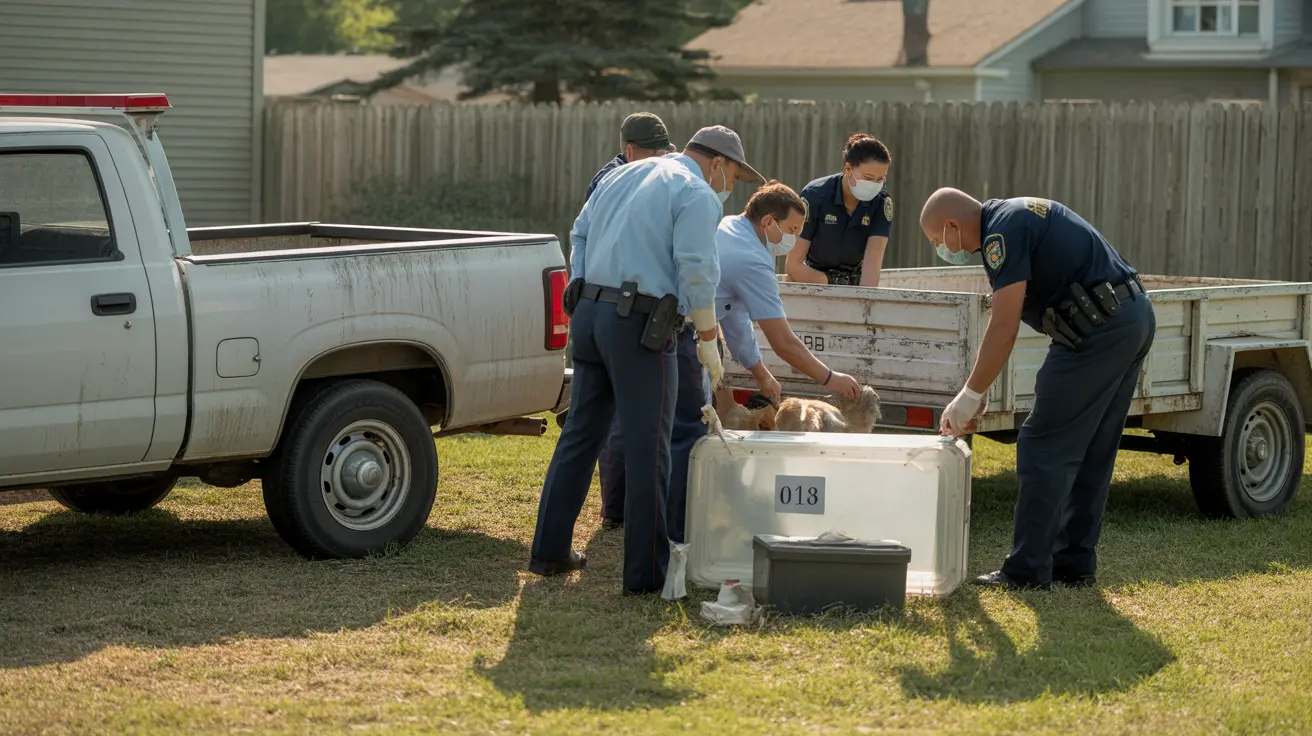Understanding Sudden Aggression in Dogs: Causes and Solutions
Sudden aggression in a beloved pet can be distressing and confusing for any dog owner. One moment your dog is affectionate and loyal, and the next, it exhibits aggressive behavior without apparent provocation. Understanding this sudden shift is vital not only for your safety but also for your dog’s well-being.
Common Causes of Random Aggression in Dogs
- Pain or medical issues: Undiagnosed health problems are among the most common causes of unexpected aggression. Dogs may lash out if they are in pain due to arthritis, dental issues, infections, or neurological conditions.
- Fear or anxiety: Dogs may respond aggressively if they are startled, threatened, or anxious. Loud noises, unfamiliar people, or new environments may trigger fear-based aggression.
- Territorial behavior: Dogs are instinctively protective of their home and family. A perceived threat to their territory can cause a defensive reaction.
- Resource guarding: Dogs may become aggressive when they feel their food, toys, or favorite resting spots are threatened.
- Lack of socialization: Dogs that weren’t properly socialized as puppies may have difficulty interpreting social cues, increasing the risk of unprovoked aggression.
- Past trauma: Rescue dogs or dogs that have experienced abuse may have residual fear responses that manifest as aggression.
Signs That May Precede Aggressive Behavior
It's important to recognize subtle cues that your dog might give before becoming aggressive:
- Growling, snarling, or baring teeth
- Stiff body posture or raised hackles
- Intense staring or avoidance behavior
- Sudden freezing in place
- Retreating to corners or under furniture
By identifying these signs early, you can intervene before aggression escalates.
What to Do If Your Dog Becomes Aggressive
Aggressive episodes require a calm yet decisive response. Here are steps to take:
- Ensure safety: Avoid direct confrontation. Give your dog space and don’t attempt to punish it physically.
- Consult a veterinarian: Rule out any underlying medical conditions that might be causing discomfort or pain.
- Hire a certified animal behaviorist: Professional help may be needed to evaluate and modify problematic behavior.
- Implement behavior modification: Use positive reinforcement techniques to discourage aggression and reinforce good behavior.
- Maintain predictable routines: Dogs thrive on consistency. A stable routine reduces stress that might lead to aggressive outbursts.
Prevention Strategies
Preventing future episodes of aggression is just as important as addressing the immediate problem:
- Regular health checkups: Prevent medical issues from going unnoticed.
- Early socialization: Introduce your dog to different people, environments, and other pets during its developmental phase.
- Positive training: Use reward-based training methods to encourage obedience and trust.
- Safe environment: Remove stimuli that might trigger fear or discomfort.
- Understanding your dog's limits: Learn what situations your dog finds stressful and avoid unnecessary exposure.
When to Seek Professional Help
If your dog’s aggression is unpredictable, targeted, or severe, don’t hesitate to seek professional assistance. Certified trainers and veterinary behaviorists have the expertise to safely assess and manage complex behavioral issues.
Conclusion
Sudden aggression in dogs isn’t something to ignore or hope will go away on its own. It is often a signal that something is wrong—physically, emotionally, or environmentally. Taking early action, consulting with professionals, and developing a compassionate understanding of your dog’s behavior is the best path forward. With the right strategies, it’s entirely possible to rebuild trust and ensure a safer, happier relationship with your canine companion.





